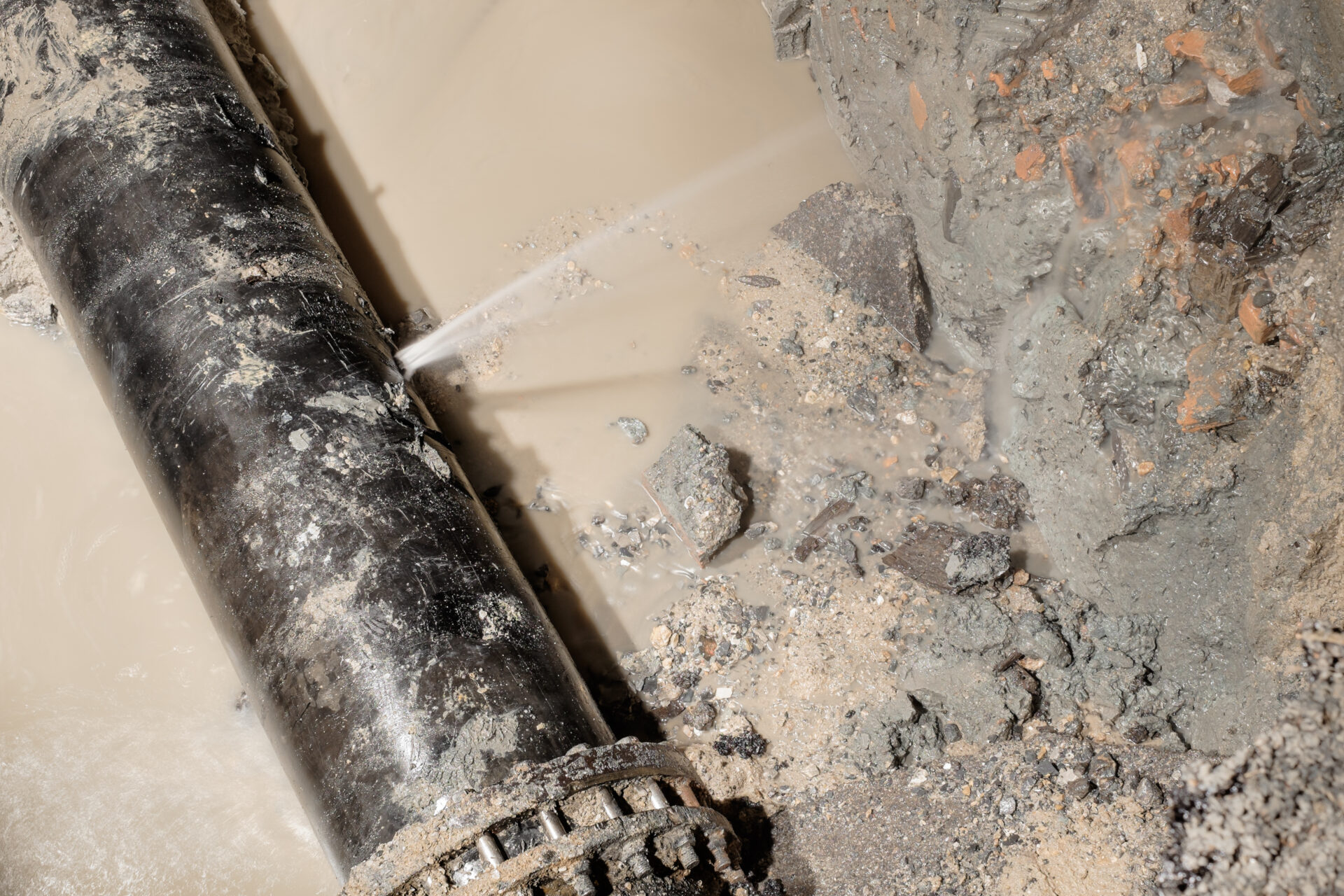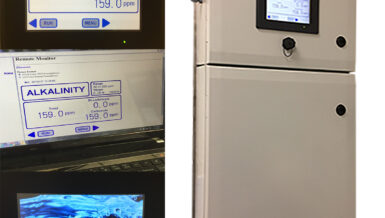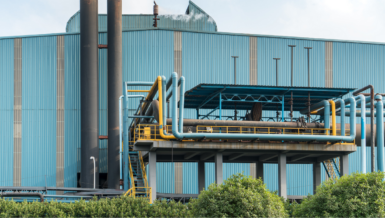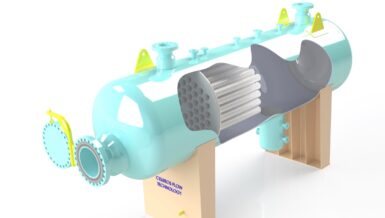This is also true for the water and wastewater industry that will have to take a closer look at increasing the efficiency of their facilities to reduce their carbon footprint.
Carbon footprint in the realm of the water and wastewater industry involves taking a critical look at the energy consumption and the efficient use of the resources that are available. This not only implies efficiently operating the facility itself but also effectively managing the facility’s biggest asset, water.
A problem that many utilities are dealing with is non-revenue water (NRW), which is water that has been produced and is lost before it reaches the customer. High levels of NRW are detrimental to the financial viability of water utilities, since a significant amount of resources goes into producing water that is ultimately unaccounted for.
Water management is the key
In past years, there has been an increased focus on minimizing these losses – and significant effort has gone into improving the management of the water supply. Although utilities obviously play an important role in doing this, it usually goes beyond their sole responsibility. Monitoring and planning overall resources are generally managed by agencies that cover entire towns, communities or even individual states in cooperation with the relevant stakeholders – including the water utilities. In the near future, this will most likely lead to greater expectations and increasingly stringent legislation aimed at increasing the efficient use of water and energy and environmental protection as a whole.
An important instrument that water utilities can use in their water management efforts is ultrasonic flow meters. They can be used to detect leakages and/or illegal connections in the distribution lines, add the correct number of additives to the tertiary treatment of wastewater and know how much cleaned surface water a treatment plant produces at any given time of the day. Before getting into details about this technology, we will first take a look at how metering is beneficial to water managers and operators and illustrate some important metrics when selecting the appropriate flow measurement technology.
Benefits of metering
One of the major benefits of metering is its ability to provide details about the water flow. Portable or check metering flow meters can be setup to measure the water flow at any part of a system and used to evaluate a facility’s total throughput. By analyzing the data, problem areas can be identified, priorities assigned to making improvement measures and an efficiency development strategy drawn up.
In a distribution line, for example, a spike in water use could indicate a leak, and since such pipes can be very large, even small leaks can have a significant impact on the amount of NRW that a specific plant produces. By having a measurement baseline, deviations in water usage patterns can easily be detected. This also allows managers to measure and verify savings resulting from water efficiency measures that have been implemented by evaluating pre- to post-retrofit water use.
Factors when selecting metering technology
When considering what metering technology to install, several factors have to be taken into account. Since the various solutions have their own pros and cons, it is important to analyze what is required. Metrics can be divided into two main categories: performance and functional metrics.
Performance metrics
Accuracy is usually the first metric used to determine applicability of a meter to a particular system. No meter is 100 percent accurate and most manufacturers provide a range of accuracies in their product. Accuracy could be thought of as the difference between a measured value and an actual value.
Secondly, repeatability is an important factor. Since it is an indication of a meter’s consistent performance, in some cases, it may even be considered to be more important than accuracy. The repeatability of a measurement is the ability to measure the same flow rate with multiple measurements of the same parameter, under the same conditions.
Functional metrics
The functional metrics that will be covered here cover installation requirements and cost calculations. Firstly, it is important to consider the installation requirements. The reason is that meters come in various shapes and sizes. When selecting a specific make and model, it is important to understand all of the size and weight constraints, requirements to specific diameters (or lengths) of straight pipe upstream and downstream of the meter, specific electrical and communications needs, and the overall environment that the meter will operate in.
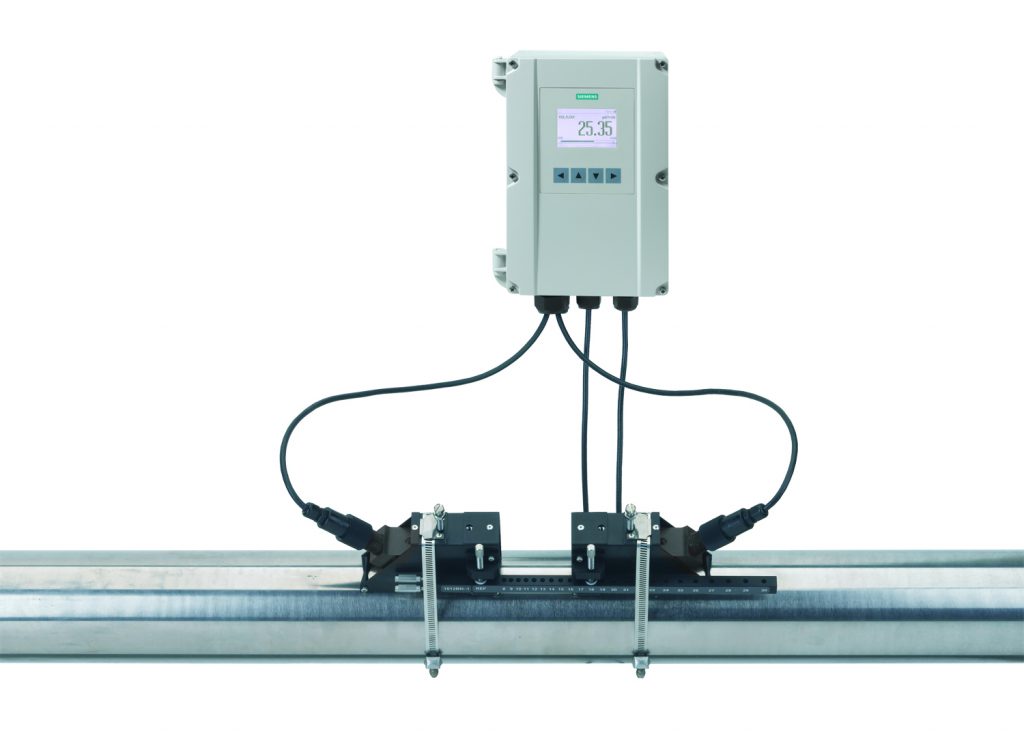
When it comes to maintenance, the lowest cost metering technology may not always be the best choice. The life cycle costs of a meter with a low purchase price but which is very expensive to install or service, for instance, may be higher than a more expensive meter, which only needs to be checked on an annual basis. System shutdown or redesigns needed to accommodate a meter’s physical size, weight, etc. – and are also examples of expenses that need to be taken into account.
Under such circumstances, alternative technologies such as non-intrusive clamp-on ultrasonic flow meters that have a lower installed cost are viable solutions. In the water and wastewater industry as well as many others, a life cycle approach to metering costs is particularly important due to the limited funding; this means that if a solution is “cheap” to acquire, install, operate and maintain, then it is more or less a win-win situation for a utility.
Ultrasonic flow measurement
Ultrasonic flow meters are very strong contenders as one of the most suitable flow technologies for the water and wastewater industries; especially when metering large pipes. The main strength of ultrasonic flow technology is its versatility. It can work under the most difficult conditions while being resistant to impurities, obstacles, and high aeration. In addition, it is one of the few flow technologies available as in-line and non-intrusive versions. Some of the highlights include:
- Very little maintenance as it has no moving parts
- Easy installation, especially for the non-intrusive version that can also be used for a very wide range of pipe sizes
- Measurement of various liquids though bidirectional wide beam transit time and the Doppler principle
- Non-intrusive versions are available as portable check kits that can be carried around a water or wastewater facility for efficiency and performance checks or surveys of existing or unmetered applications
Optimizing a water utility’s distribution system
As mentioned above, several factors should influence the choice of flow measurement technology for water and wastewater facilities. If careful thought is put into evaluating the pros and cons of each of these aspects and how they impact a specific application, it is almost certain that one or more benefits can be obtained in the form of improved efficiency, less NRW, etc. The following illustrates how flow metering was able to improve the efficiency and overall performance of a water utility.
The water utility installed three SITRANS FST020 clamp-on ultrasonic flow meters to monitor the variance between an inlet and two outlet carbon steel pipes. The inlet pipe had a diameter of 600 mm and both of the outlet pipes 300 mm.
By comparing the reading from the inlet pipe with the sum of the readings of the two outlet pipes, the utility realized that they had extensive leaks in their pipes. After identifying the leaks and having the damages repaired, the utility was able to optimize the municipality’s water consumption and improve delivery reliability. And since the solution involved installing basic, cost-efficient flow meters, the capital investment was negligible compared to the efficiency improvements that were achieved.
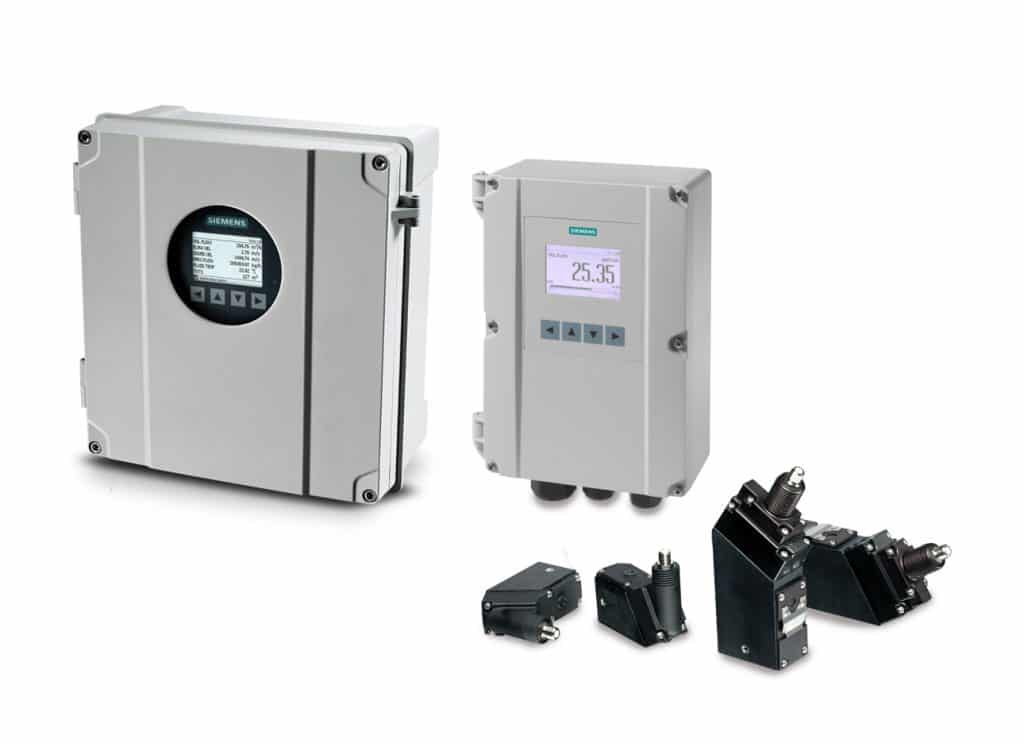
There were several reasons why this utility selected this particular meter. First of all, the ultrasonic technology was a good match to the liquid being measured – which was clean water; secondly the meter was of the clamp-on ultrasonic type that offers non-intrusive measurement. This meant that it could be installed while the plant was in full operation.no process shutdown was required. Since the meter was an electronic device, there were no moving parts to be cleaned, essentially making it maintenance-free. This, along with basic flow measurement capabilities offered at a low price, meant that the total life cycle costs of this ultrasonic flow meter were low compared to some of the alternatives that the Italian water utility had investigated.
Outlook
Since it is evident that climate change and carbon footprint are here to stay, stakeholders in the water and wastewater industries must be prepared to address increasingly stringent regulations. Water management is an example of how these requirements can be met by reducing consumption and increasing sustainability in a building, facility or an entire community. On the opposite end of the spectrum is the installation of flow meters, which can be seen as a way for individual water or wastewater facilities to improve efficiency and reduce water production costs. No matter what the reason may be for installing ultrasonic flow meters, they can provide water facilities with valuable data that can be used to achieve significant savings and efficiency improvements; and such initiatives are likely to increase in the very near future.

Flow Control & Measurement Expert:
Eric Heilveil the Product Marketing Manager in Siemens’ Process Instrumentation for Coriolis, Vortex and Clamp-on ultrasonic flow.





